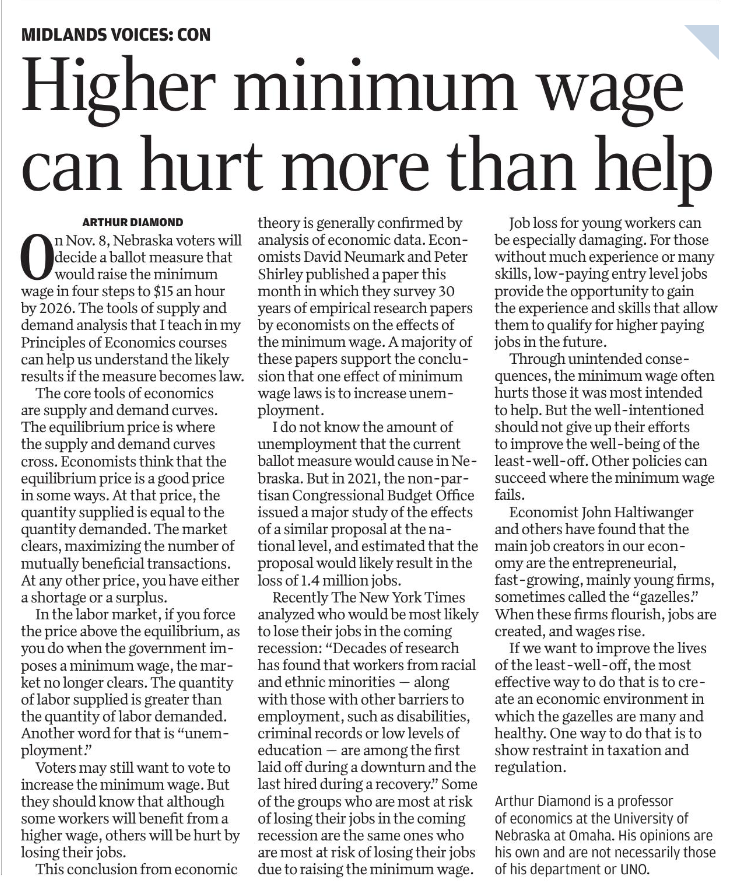(p. B10) Dr. Raymond Damadian, who built the first magnetic resonance imaging scanner, which revolutionized doctors’ ability to diagnose cancer and other illnesses — but who, to his dismay, saw the Nobel Prize for the science behind it go to two others — died on Aug. 3 [2022] at his home in Woodbury, N.Y.
. . .
The vision of scanning the human body without radiation came to Dr. Damadian in the late 1960s, he said, when he was working on nuclear magnetic resonance spectroscopy — which, until then, had been used to identify the chemical makeup of the contents of a test tube — at Downstate Medical Center (now SUNY Downstate Health Sciences University) in Brooklyn.
Working with rats, he discovered that when tissues were placed in a magnetic field and hit with a pulse of radio waves, cancerous ones emitted distinctly different radio signals than healthy ones.
He published his findings in 1971 in the journal Science and was granted a patent three years later for an “apparatus and method for detecting cancer in tissue.” It took 18 months to build the first M.R.I., originally known as a nuclear magnetic resonance scanner, or N.M.R. Its first scan, on July 3, 1977, was of Lawrence Minkoff, one of Dr. Damadian’s assistants — a vivid and colorful image of his heart, lungs, aorta, cardiac chamber and chest wall.
“Having birthed the original idea of the N.M.R. body scanner, we were intent on being the first to accomplish it,” Dr. Damadian said in the book “Gifted Mind: The Dr. Raymond Damadian Story, Inventor of the M.R.I.,” published in 2015, which he wrote with Jeff Kinley. “Failing to do so meant we might be denied the recognition for the original idea.”
But the technology behind the M.R.I. had several fathers.
Acknowledging that he was inspired by Dr. Damadian’s work, Paul C. Lauterbur of the State University of New York at Stony Brook had figured out how to translate the radio signals bounced off tissue into images. And Peter Mansfield of the University of Nottingham in England had developed mathematical techniques for analyzing the data, making the process more practical.
Employing the techniques he pioneered, Dr. Damadian’s company, Fonar, based in Melville, N.Y., produced the first commercial scanner in 1980.
. . .
While working at Downstate and later at Fonar, Dr. Damadian was aware of Dr. Lauterbur, a chemist who was also working on M.R.I. imaging and with whom he shared the National Medal of Technology.
In “Gifted Mind,” Dr. Damadian acknowledged that Dr. Lauterbur “realized that the N.M.R. signal differences in diseased and normal tissues I discovered could be used to construct a picture (image).”
But in 2003, when Dr. Lauterbur and Dr. Mansfield won the Nobel Prize in Medicine for their contributions to the science of magnetic resonance imaging, Dr. Damadian was enraged.
. . .
A year later, Dr. Damadian received one of the two annual Bower Awards given by the Franklin Institute, a science museum in Philadelphia. He was cited for his business leadership.
“There is no controversy in this,” said Dr. Bradford A. Jameson, a professor of biochemistry at Drexel University who was the chairman of the committee that chose the winners. “If you look at the patents in this field, they’re his.”
. . .
Dr. Damadian continued to innovate. He created open M.R.I. machines, which alleviate the claustrophobia patients can experience during scans when they are moved slowly through a tight tunnel, as well as mobile and stand-up scanners.
In recent years, he was focused on research that included imaging cerebral spinal fluid as it flowed to the brain.
For the full obituary, see:
Richard Sandomir. “Raymond Damadian, 86, Is Dead; Creator of the First M.R.I. Scanner.” The New York Times (Thursday, August 18, 2022): B10.
(Note: ellipses, and bracketed year, added.)
(Note: the online version of the obituary was updated Aug. 19, 2022, and has the title “Raymond Damadian, Creator of the First M.R.I. Scanner, Dies at 86.” Where there is a minor difference between the online and print versions, the passages quoted above follow the online version.)
Damadian’s biography mentioned above is:
Kinley, Jeff, and Raymond Damadian. Gifted Mind: The Dr. Raymond Damadian Story, Inventor of the MRI. Green Forest, AZ: Master Books, 2015.


